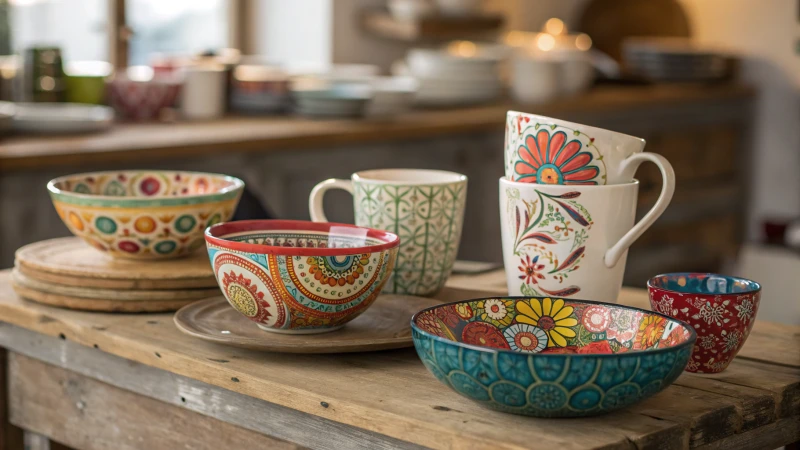
Ever picked a mug simply because it felt right in your hand?
Unique mug and bowl designs influence consumer choices by enhancing aesthetic appeal, altering taste perception, and creating emotional connections. These design elements can drive purchasing decisions, evoke personal style, and increase brand loyalty.
I remember the first time I stumbled upon a uniquely shaped mug at a local market. It wasn’t just the vibrant colors that caught my eye; it was the way it seemed to perfectly fit my grip, like it was made just for me. This instant connection sparked a curiosity in me about how these little details could sway our decisions without us even realizing it.
While the initial allure of a unique mug or bowl might be its visual appeal, there’s a deeper science behind why consumers choose one design over another. Dive into the nuances that make certain designs irresistible and understand how they shape buying behaviors. From the way a mug’s shape can subtly alter the taste of your morning coffee, to how a bowl’s size can give an impression of abundance—every detail plays a part. These aspects not only reflect personal style but also evoke emotions and memories, making them cherished possessions or perfect gifts.
Unique designs enhance taste perception of beverages.True
Studies show that visually appealing designs can alter taste perception.
Functional design is more important than aesthetics for consumers.False
Aesthetic appeal often outweighs functionality in influencing purchases.
What Makes a Mug or Bowl Design Unique?
Ever wonder what sets your favorite mug or bowl apart from the rest?
Unique mug and bowl designs often feature innovative shapes, sizes, and patterns that cater to personal tastes and enhance sensory experiences. This blend of aesthetics and functionality elevates consumer appeal and market differentiation.
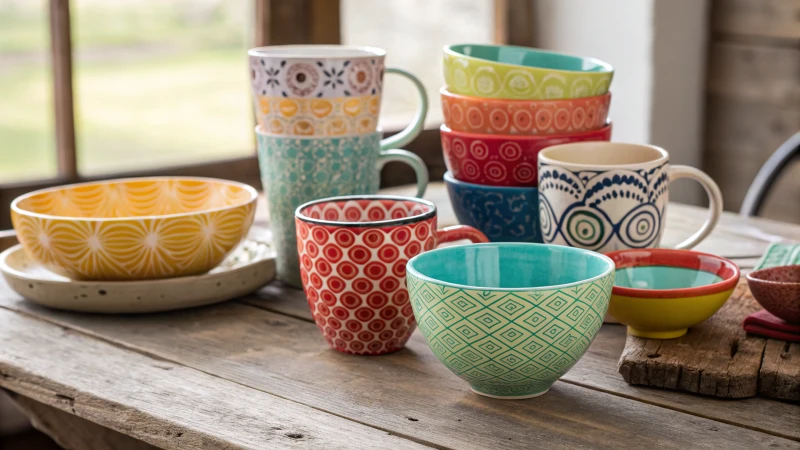
The Role of Shape and Size
The shape of a mug or bowl is not merely an aesthetic choice; it significantly influences the user’s experience. I still remember the first time I designed a ceramic mug with an unconventional shape, inspired by the gentle curves of a seashell. Narrower mugs like this can truly elevate your morning brew by concentrating the scent, making each sip a delightful experience. On the other hand, wide mugs can accentuate sweetness, perfect for those days when you crave a comforting cup of hot cocoa.
| Shape | Influence on Perception |
|---|---|
| Narrow | Intensifies aroma |
| Wide | Enhances sweetness |
And let’s not forget about size! Larger mugs or bowls often convey abundance, influencing perceived value and prompting consumers to associate them with higher quality or greater quantity. This perception of value and quality can even make us willing to pay a bit more for those larger pieces.
Patterns and Colors: Beyond Visual Appeal
Patterns and colors are integral to making designs unique. When it comes to patterns and colors, I love how they allow us to express our individuality. I recall designing a series of mugs with vibrant reds and calming blues. Each color tells a story.
| Color | Emotional Response |
|---|---|
| Bright Red | Energy & Passion |
| Pastel Blue | Calmness & Serenity |
Bright red brings energy and passion, while pastel blue whispers serenity, making these items perfect for personal use or heartfelt gifts. Color psychology1 can inform design decisions, creating products that resonate with specific target markets.
Material Choice and Its Impact
Choosing the right material is like finding the perfect partner—it just fits. The materials used in manufacturing mugs and bowls contribute significantly to their uniqueness. I’ve always been drawn to the elegance of bone china; its lightweight yet durable nature offers both sophistication and practicality.
Whether it’s ceramic, bone china, or stoneware, each material brings its own charm, affecting how we interact with these everyday items. Understanding these materials helps manufacturers tailor products to meet specific consumer preferences2 and market demands.
Ergonomics: Blending Form with Function
Finally, let’s talk ergonomics—it’s all about comfort. Ergonomic design focuses on comfort and usability. I remember the trial and error of finding the perfect handle shape that felt just right in my hand. When I finally nailed it, it was like magic!
The right design doesn’t just look good; it makes holding and using a mug or bowl feel effortless, turning every meal or coffee break into a more enjoyable experience. Ergonomically designed pieces are not just functional—they’re thoughtful creations that cater to our needs by providing better grip and ease of use based on ergonomic principles3.
Narrow mugs enhance coffee aroma.True
Narrow mugs focus aromas, enhancing the sensory experience of coffee.
Bright red colors evoke calmness.False
Bright red colors evoke energy and passion, not calmness.
How Does Shape Affect Taste Perception?
Ever wonder why your coffee tastes different in a fancy cup versus a simple mug? Turns out, the shape of your drinkware can play tricks on your taste buds.
The shape of a dish or cup can influence the perceived taste of its contents. For instance, rounder bowls can enhance sweetness, while angular dishes might make food taste spicier. These sensory effects are due to the brain’s association with shapes and flavors.
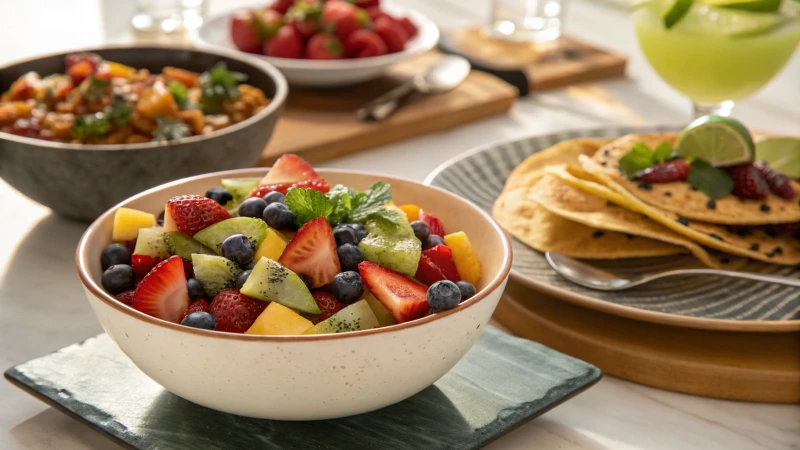
The Science Behind Shape and Taste
I remember the first time I experimented with different shaped bowls at a family dinner. The same salad seemed to taste sweeter in a round bowl compared to a square one. It felt like magic, but it’s really about how our brains are wired. Research shows that our brain integrates sensory information—sight, smell, and taste—to create a unified perception. A study4 revealed that round shapes often enhance sweet flavors, while angular ones are linked with bitterness or spice.
Shape, Smell, and Flavor Enhancement
The aroma of my morning coffee feels richer in a narrow mug. It’s not just my imagination; the shape really does concentrate the aromas at the top, enhancing my experience. On the flip side, wider mugs diffuse aromas more, which can alter how we perceive taste.
| Shape | Flavor Association |
|---|---|
| Round | Sweet |
| Angular | Bitter/Spicy |
Psychological Impact on Taste Perception
Shapes can trigger emotions or memories that affect how we perceive taste. Once, I used a quirky bowl that reminded me of childhood vacations, making the meal unexpectedly nostalgic and enjoyable. Our perceptions5 are often colored by these psychological cues.
Practical Applications in Design and Marketing
Understanding the impact of shape on taste is a game-changer for marketers and designers. Imagine a dessert restaurant using round dishes to heighten sweetness perception—what an enhanced experience for their customers! Exploring these elements can lead to innovative product designs that align with consumer expectations and elevate culinary experiences.
Round shapes enhance sweet flavor perception.True
Research shows that round shapes are often linked with sweetness.
Angular dishes make food taste sweeter.False
Angular shapes are associated with bitterness or spice, not sweetness.
Why Does Size Matter in Consumer Preferences?
Have you ever wondered why you instinctively reach for a larger mug at the café or prefer a small, intricately designed bowl for dessert? Size influences our choices more than we might realize.
Size influences consumer preferences by affecting perceived value, quality, and emotional responses. Larger items can signal abundance and quality, while smaller items often appeal to aesthetics and personal style.
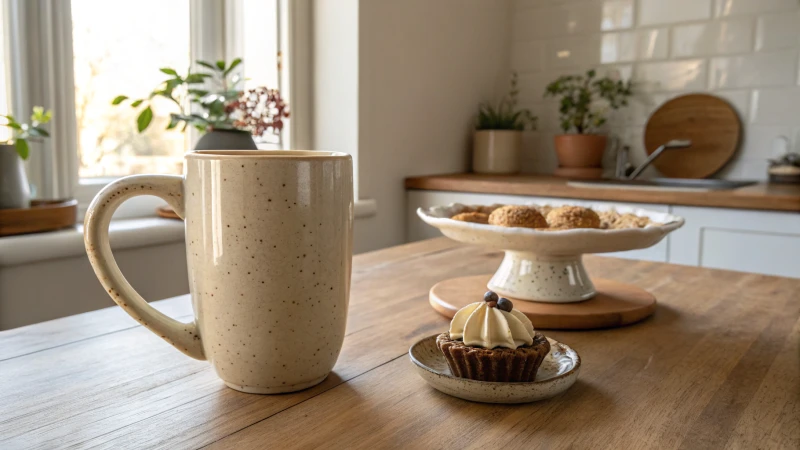
The Psychology of Size
I’ve noticed that when we’re shopping, size seems to whisper promises of better value or abundance to us. I remember once opting for a giant coffee mug, not because I needed it, but because it felt like I was getting more for my money. It turns out, I’m not alone. Many of us are swayed by the idea that bigger means better, especially when we’re watching our budgets. This perception is shaped by psychological factors6, making larger items appealing to cost-conscious buyers.
Emotional Responses and Memories
Size isn’t just about practicality—it’s deeply personal, too. Think about the warm feeling you get from a bowl that reminds you of childhood dinners. That’s what I feel when I use a particular wide, shallow bowl my grandmother used to have. It brings back memories of laughter-filled family meals. These emotional connections make certain sizes especially appealing as gifts or keepsakes due to their emotional memories7.
Perception of Quality and Luxury
In my experience, there’s a common perception that bigger equals more luxurious or higher quality. I’ve seen this mindset play out countless times in the marketplace. For instance, larger dinner plates are often seen as more upscale, even if it’s just an illusion created by their size. A study on consumer behavior8 supports this view.
| Product | Perceived Benefits |
|---|---|
| Large Mug | Abundance, Value |
| Small Cup | Aesthetic, Elegance |
Practicality vs. Aesthetics
Choosing between practicality and aesthetics can be quite a dilemma! On one hand, larger items are great for their functionality. On the other hand, those beautifully compact mugs can really tie together a minimalist kitchen aesthetic. It’s a constant balance between what we need and what looks good.
Understanding these nuances helps businesses like mine tailor products to consumer needs9, influencing marketing strategies and product development. It’s fascinating how something as simple as size can wield such influence over our choices.
Larger items are always perceived as higher quality.False
Perception of quality varies; larger items aren't always seen as better.
Size influences the emotional appeal of products.True
Unique sizes evoke memories, enhancing emotional product value.
Why Are Emotional Connections Important in Design?
Ever wonder why some designs just stick with you, making you feel a sense of joy or nostalgia every time you see them?
Emotional connections in design are crucial as they enhance user engagement, foster brand loyalty, and create memorable experiences. By appealing to emotions, designers can ensure products resonate with users on a personal level.
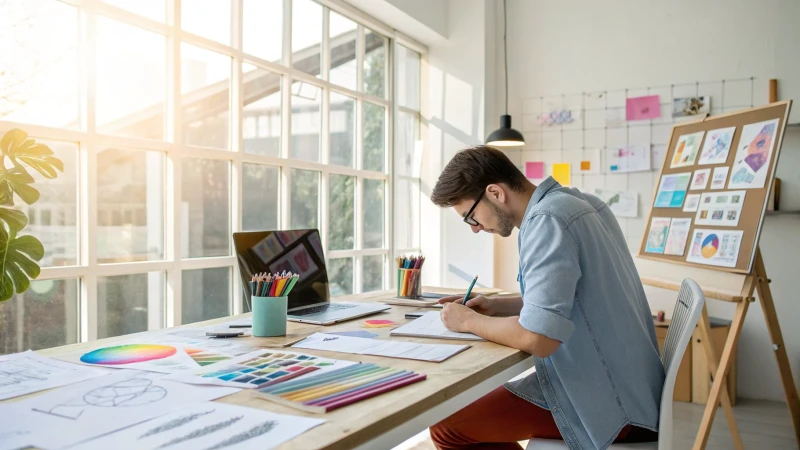
Understanding Emotional Design
I remember the first time I held a beautifully crafted ceramic mug in my hands. It wasn’t just about holding a cup; it was about the warmth and comfort it brought me, reminding me of cozy mornings at home. That’s what emotional design is all about—creating products that evoke those positive feelings and forge a deeper connection with us. It’s more than just making something look good or work well; it’s about tapping into our emotions and making products more meaningful10. When designers truly understand what makes us tick, they can craft experiences that resonate with us personally.
| Aspect | Impact on Design |
|---|---|
| Emotional | Enhances user engagement |
| Functional | Solves problems and meets needs |
| Aesthetic | Appeals visually to users |
The Role of Storytelling
Have you ever bought something because it reminded you of a story? Maybe it was a plate that looked like the ones your grandmother used to serve Sunday roast on. By weaving storytelling into design, products become more than just objects—they become part of our personal narratives. Stories give context and make things relatable, helping us envision the product’s use11 in our own lives. When a design tells a story, it doesn’t just inform—it inspires.
Emotional Triggers in Design
Designers have this incredible toolbox of emotional triggers to play with—colors, typography, imagery—all things that can stir up specific feelings within us. Think about how a splash of warm colors can evoke coziness and happiness, or how clean, cool colors might make you feel calm and collected. Strategic use of these elements can guide how we perceive and interact with a product.
- Color Psychology: Colors can set the tone of a product and influence user moods.
- Imagery: Visuals can evoke nostalgia or excitement, impacting user engagement.
- Typography: Font choices can affect readability and emotional responses.
Designing for User Empathy
Empathy is like the secret sauce in emotional design. It’s what allows designers to really step into our shoes and understand what we need and desire. By getting to the heart of our frustrations and wants, they can create solutions that aren’t just functional but also emotionally satisfying. This not only builds trust but also fosters long-term loyalty.
Empathetic design12 leads to those delightful moments where a product seems to perfectly meet our needs, often in unexpected ways. When designers focus on empathy, they create with genuine care for our experience.
Emotional design only focuses on aesthetics.False
Emotional design goes beyond aesthetics, involving user emotions and experiences.
Storytelling enhances emotional bonds in design.True
Stories make products relatable, enhancing emotional connections with users.
Conclusion
Unique mug and bowl designs significantly influence consumer choices by enhancing aesthetic appeal, altering taste perception, and creating emotional connections that drive purchasing decisions.
-
Discover how different colors in design evoke emotional responses, influencing consumer choices. ↩
-
Explore why consumers prefer specific ceramic materials for mugs and bowls. ↩
-
Understand how ergonomics improve the usability and comfort of mugs and bowls. ↩
-
Discover the scientific basis behind how different shapes impact taste perception and influence our sensory experiences. ↩
-
Learn about the psychological impact of dish shapes on taste and how these associations affect our dining experience. ↩
-
Discover how various psychological factors, including size perception, influence consumer choices in diverse markets. ↩
-
Explore how design elements, including size, evoke emotional responses that influence buying decisions. ↩
-
Learn about research findings that reveal how product size affects consumer perceptions of quality and luxury. ↩
-
Understand how understanding consumer needs can guide effective product design and marketing strategies. ↩
-
Explore how emotional design impacts user experiences and why it’s vital for creating meaningful products. ↩
-
Discover how storytelling enhances product appeal and helps users connect with design on a personal level. ↩
-
Learn how empathetic design improves user satisfaction by addressing their needs effectively. ↩
